Discover the Beauty of Northern Pakistan’s Valleys (2025–2026 Travel Guide)
Introduction
Few places on Earth can match the spellbinding charm of Northern Pakistan Valleys, where rugged mountains, turquoise rivers, and ancient cultures blend into a paradise for explorers. The valleys of Hunza, Skardu, Swat, Gilgit, Naltar, Neelum, and Fairy Meadows are not just destinations—they’re living landscapes of history and wonder.
Each valley has its own personality: Hunza’s eternal peace, Skardu’s crystal lakes, Swat’s poetic charm, and Neelum’s untouched serenity.
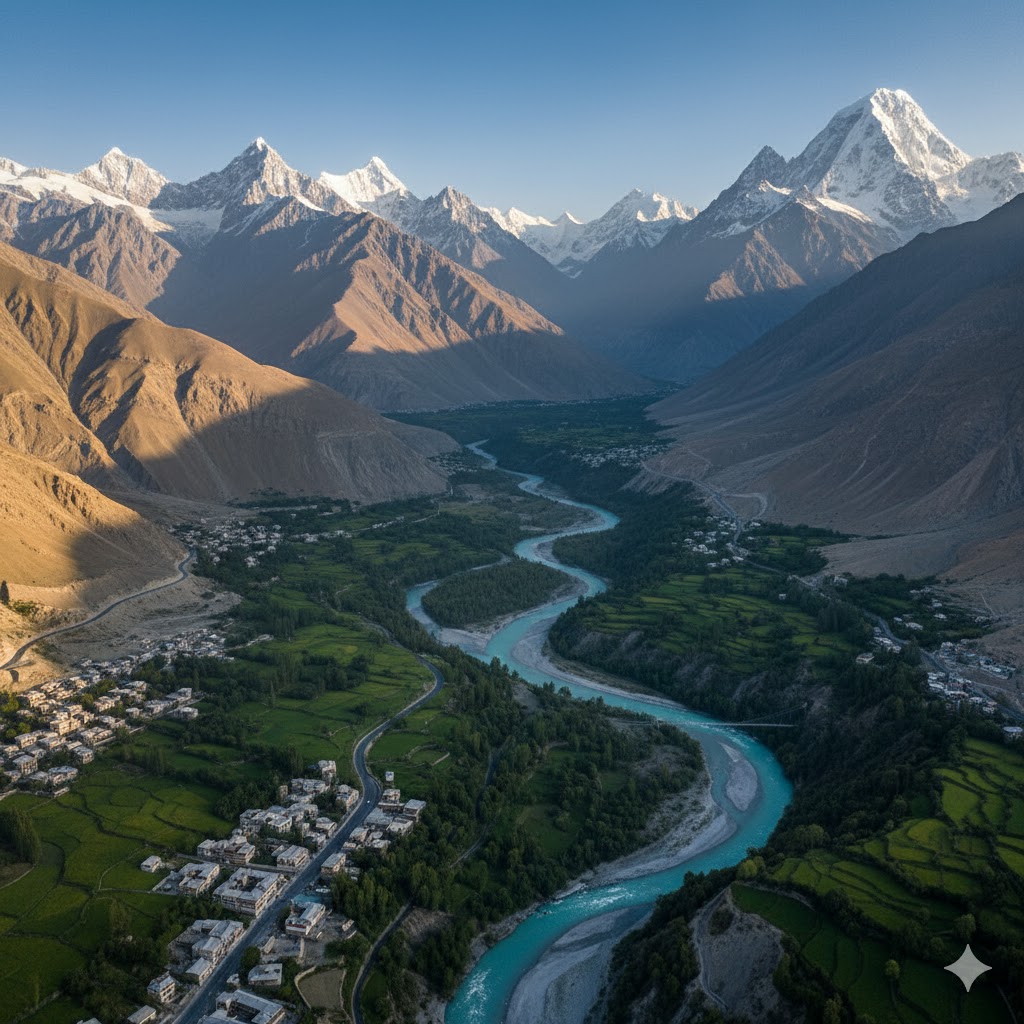
1. Hunza Valley – The Valley of Eternal Peace
Description:
Nestled in the Gilgit-Baltistan region, Hunza Valley is the crown jewel of Pakistan’s north. Surrounded by mighty peaks like Ultar Sar and Rakaposhi, Hunza glows with apricot blossoms in spring and golden hues in autumn. The friendly locals, known for their hospitality and longevity, make every visitor feel at home.
Highlights & Experiences:
- Visit Baltit and Altit Forts for ancient Hunza heritage.
- Trek to Eagle’s Nest for a panoramic sunrise over snow-clad mountains.
- Explore Karimabad’s bazaar for organic apricots and handicrafts.
Significance: Known as the “Switzerland of Pakistan.”
Tradition: Local music, handicrafts, and the Hunza Apricot Festival.
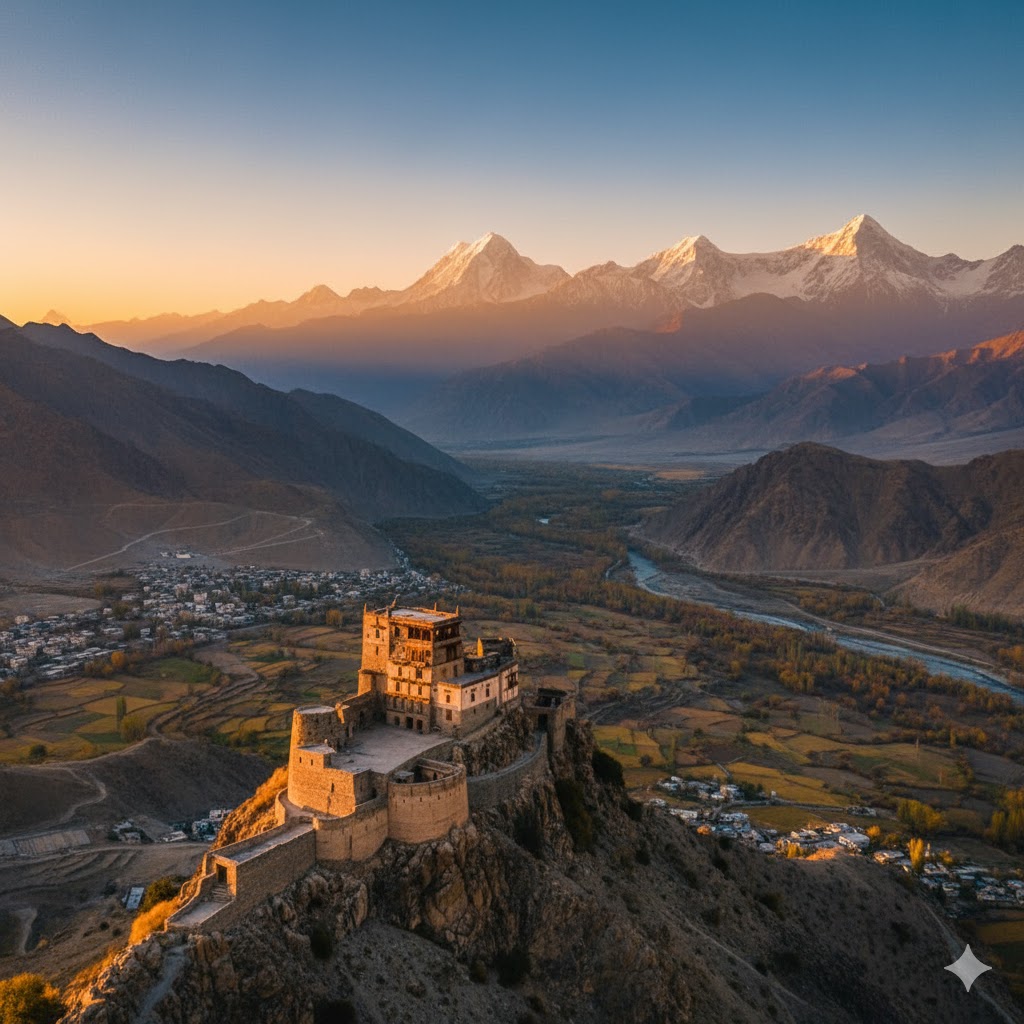
Must See: Visit our guide on Festivals in Pakistan 2026: Inspiring Cultural, Religious & National Pride
Source: Explore Hunza on Pakistan Tourism Development Corporation
2. Skardu Valley – Gateway to the Mighty Karakoram
Description:
The Skardu Valley, set beside the Indus River, is the gateway to the Karakoram Range and home to some of the world’s tallest peaks, including K2. It’s a dream destination for trekkers, nature photographers, and cultural travelers. From the tranquil Satpara Lake to the surreal Katpana Desert, Skardu combines serenity with adventure.
Highlights & Experiences:
- Visit Shangrila Lake (Lower Kachura) for boating amid crimson mountains.
- Explore Deosai National Park, the world’s second-highest plateau.
- Discover Shigar Fort, a restored gem of Balti heritage.
Significance: Known as the “Roof of the World.”
Tradition: Balti dance, wooden carvings, and yak festivals.
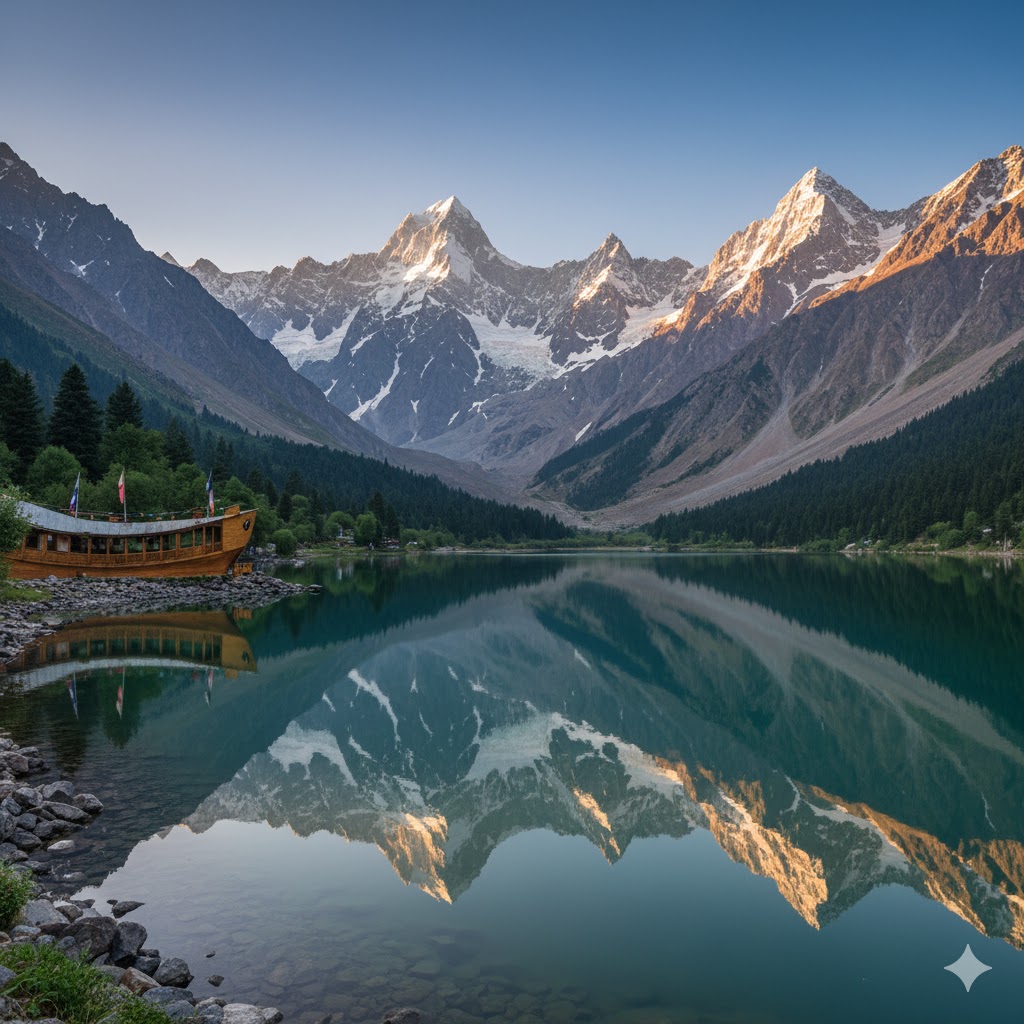
3. Swat Valley – The Switzerland of the East
Description:
With its snow-clad peaks, waterfalls, and lush meadows, Swat Valley in Khyber Pakhtunkhwa is one of Pakistan’s most beloved destinations. Once home to Gandhara civilization, Swat is rich in history and natural beauty. Towns like Malam Jabba and Kalam offer skiing, hiking, and mountain culture all year round.
Highlights & Experiences:
- Visit Malam Jabba Ski Resort for winter adventures.
- Enjoy boating on Mahodand Lake surrounded by pine forests.
- Explore Buddhist relics at Butkara Stupa in Mingora.
Significance: Cultural and eco-tourism hotspot.
Tradition: Swati embroidery, woodcraft, and folk music.
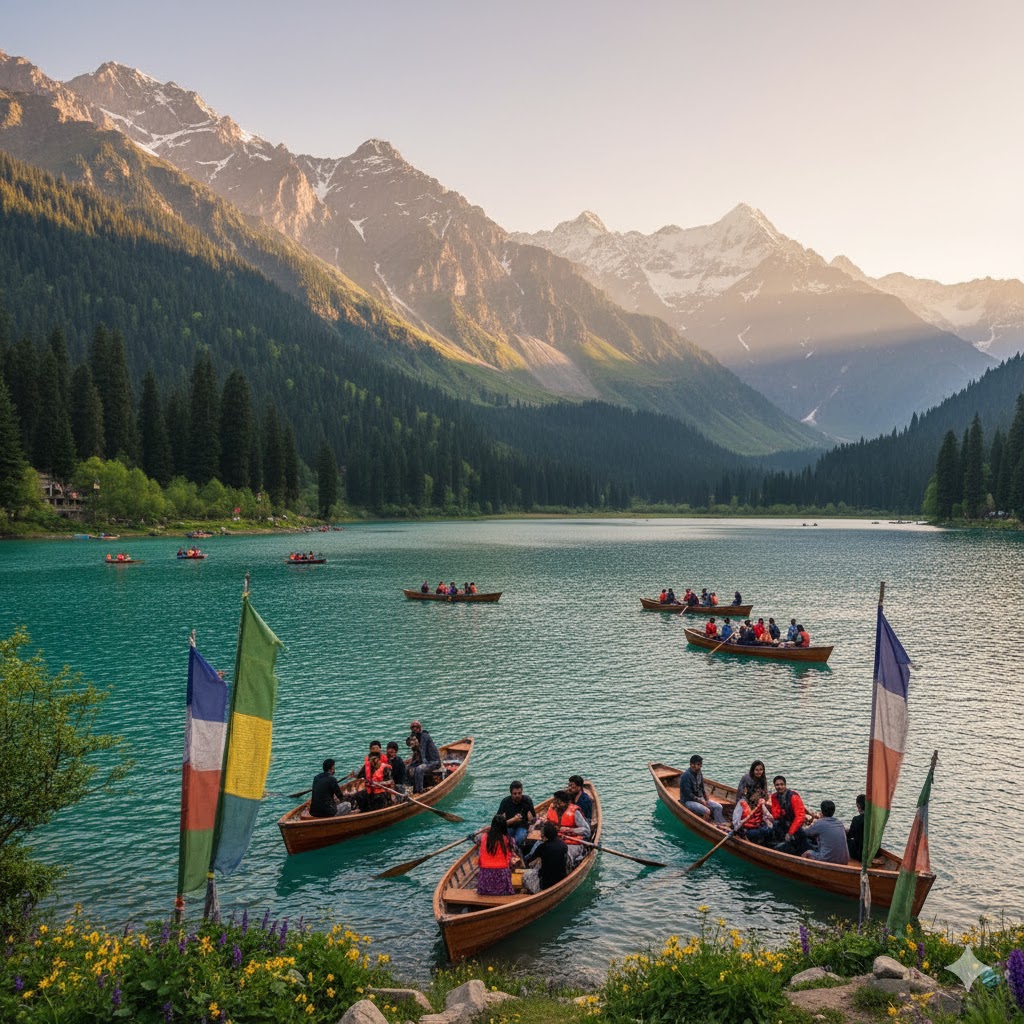
4. Neelum Valley – Kashmir’s Hidden Emerald
Description:
Tucked away in the serene folds of Azad Jammu and Kashmir, Neelum Valley is a breathtaking stretch of emerald rivers, pine forests, and cloud-covered peaks. Known as the “Blue Gem of Pakistan,” this valley runs parallel to the Kishanganga River, offering travelers a mesmerizing experience of nature and peace. The aroma of pine, the gentle rustle of leaves, and the soothing sound of rivers make Neelum one of the most romantic and peaceful getaways in northern Pakistan.
Highlights & Experiences:
- Visit Arang Kel, a fairy-tale village accessible via a steep chairlift ride and a scenic hike.
- Explore Keran and Sharda, dotted with traditional Kashmiri houses and ancient ruins.
- Capture reflections at Ratti Gali Lake, a glacier-fed lake of unreal turquoise hues.
Significance: Symbol of peace and nature’s untouched purity.
Tradition: Kashmiri handicrafts, wooden houses, and warm hospitality with pink noon chai.
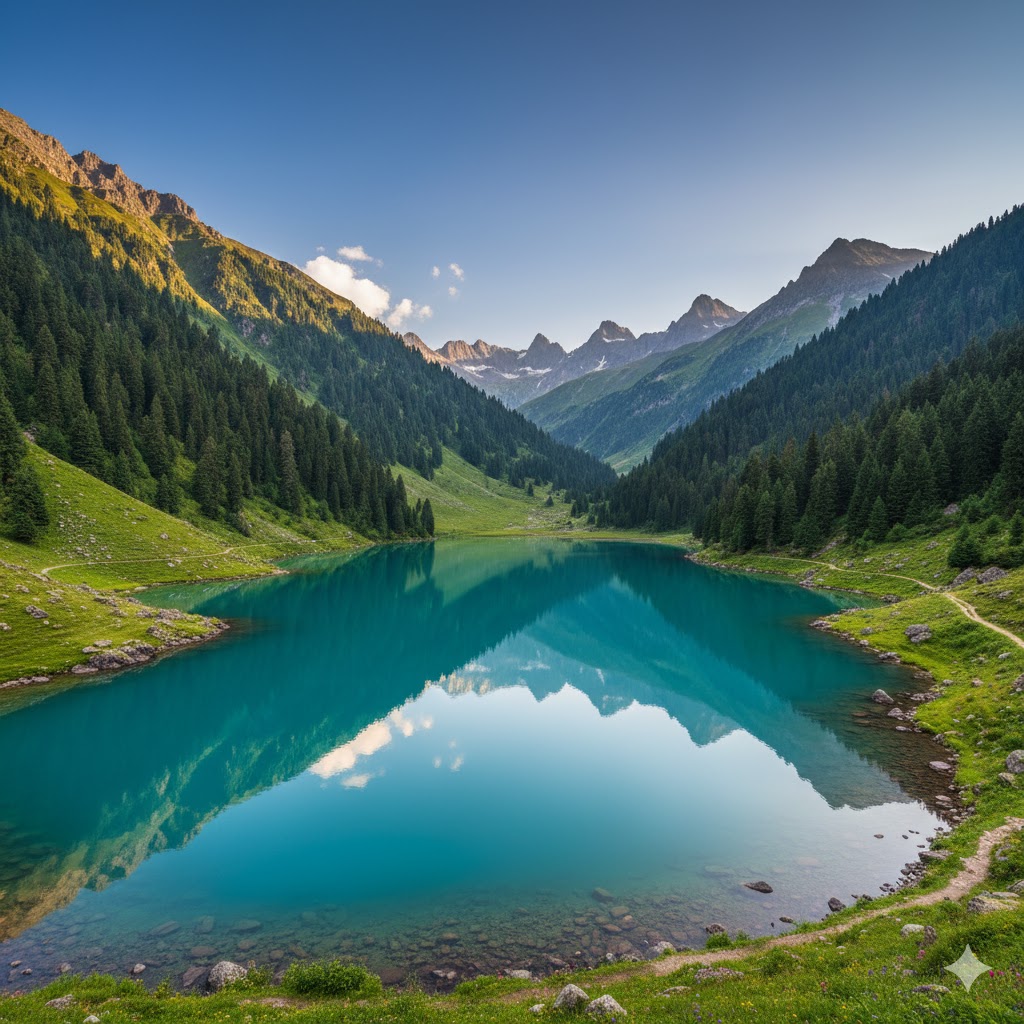
Must: Read our full Future Festivals 2027 – Mind-Blowing Tech Top Space Events
Source: Learn more about Neelum’s ecology on Pakistan Tourism Portal
5. Fairy Meadows – Gateway to Nanga Parbat
Description:
Few places in the world evoke as much wonder as Fairy Meadows, aptly named for its magical views of Nanga Parbat (8,126 m), the ninth-highest mountain on Earth. Located near Raikot Bridge, this alpine meadow offers surreal vistas of snow-capped giants reflected in emerald pastures. Reaching Fairy Meadows involves a thrilling jeep track followed by a 3-hour trek—an adventure that rewards you with peace, serenity, and nature’s embrace.
Highlights & Experiences:
- Camp under star-studded skies at Fairy Meadows Base Camp.
- Enjoy bonfire nights with local guides sharing tales of the mountain spirits.
- Hike to Beyal Camp for panoramic views of Nanga Parbat’s massive south face.
Significance: Declared one of the world’s most beautiful camping sites by Forbes Magazine.
Tradition: Local villagers from Tato and Raikot offer mountain hospitality, herbal teas, and folk storytelling.
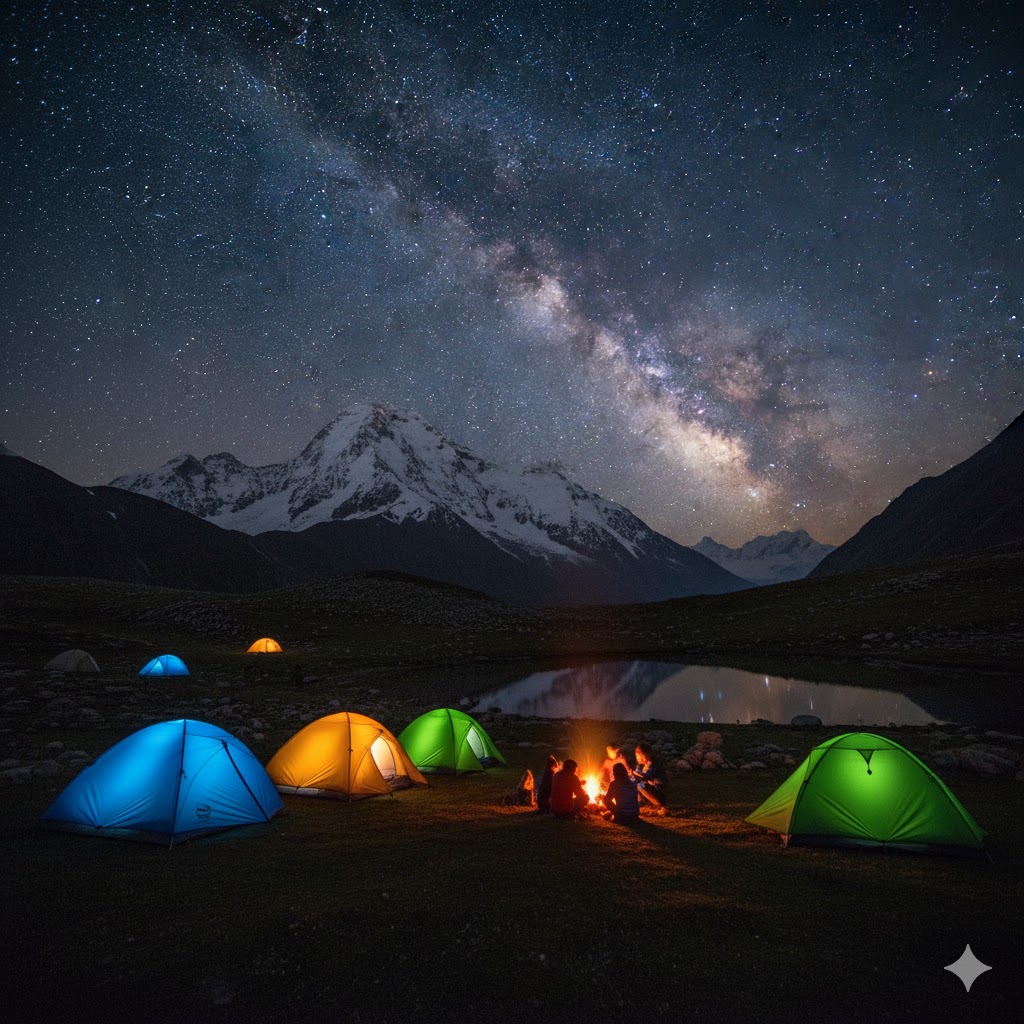
Must Read: Explore our — Global Festivals 2026: Best Guide of Cultural, Music & Travel Events
Reference: Discover guided trekking options via Pakistan Adventure Club
6. Naltar Valley – The Valley of Colors
Description:
Hidden deep within the Gilgit District, Naltar Valley is known as the “Valley of Colors” due to its vibrant alpine lakes—each glowing in shades of blue, green, and turquoise. In winter, it transforms into Pakistan’s premier ski destination, hosting international skiing events. The tall pine forests and mirror-like lakes create postcard-perfect scenery that feels untouched by time.
Highlights & Experiences:
- Visit the Naltar Lakes (Satrangi & Blue Lake) for dazzling reflections.
- Try skiing at Naltar Ski Resort, managed by the Pakistan Air Force.
- Explore forest trails filled with wildflowers, butterflies, and rare birds.
Significance: Famous for its multi-colored glacial lakes and natural harmony.
Tradition: Locals practice age-old hospitality rituals and storytelling by the fire.
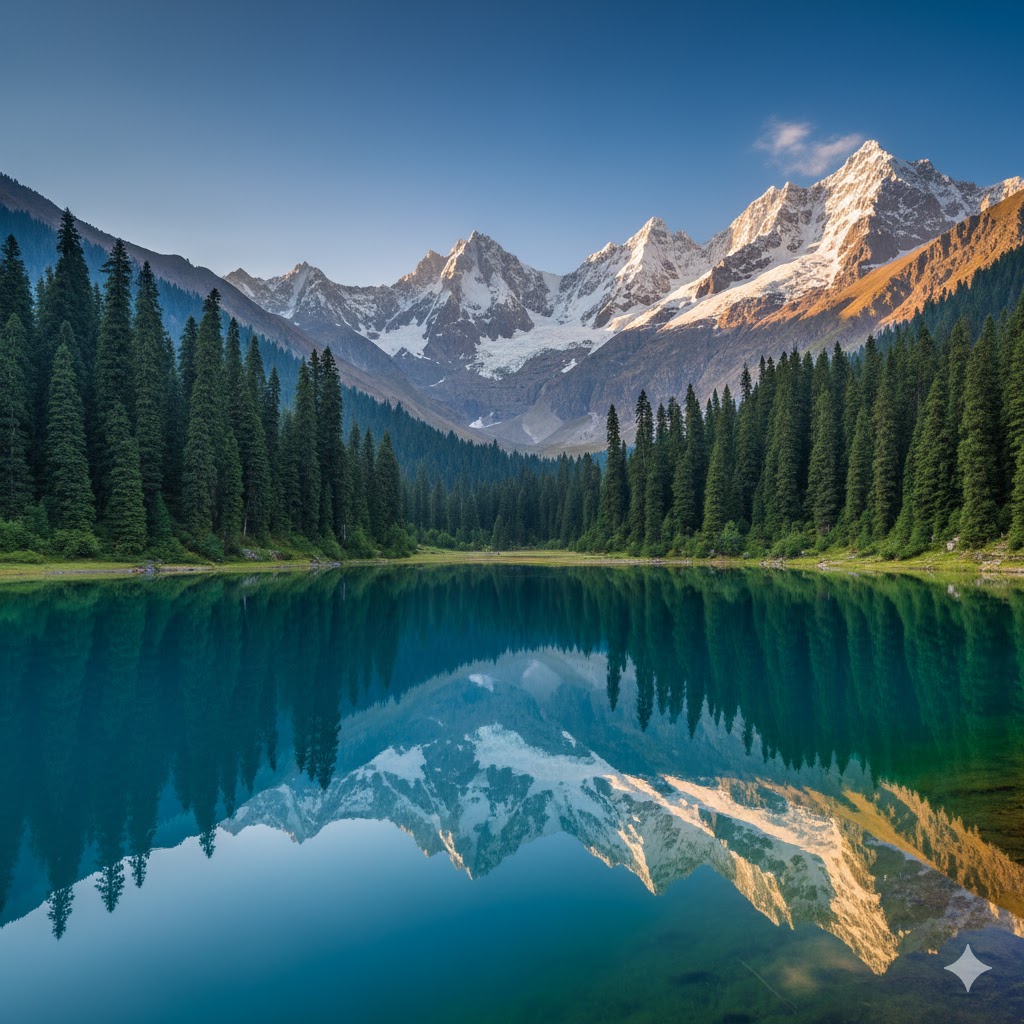
7. Gilgit Valley – Heart of the North
Description:
At the crossroads of ancient trade routes, Gilgit Valley stands as the heart of Northern Pakistan. It’s the gateway to Hunza, Skardu, and Chitral—where cultures meet, rivers merge, and mountains rise into infinity. Historically part of the Silk Road, Gilgit’s history traces back to Buddhist pilgrims and traders who connected China and South Asia centuries ago. Today, it serves as the modern traveler’s hub to explore all northern gems.
Highlights & Experiences:
- Visit Kargah Buddha, a 7th-century rock carving symbolizing Gilgit’s Buddhist past.
- Walk across the Henzar Bridge, one of Pakistan’s oldest suspension bridges.
- Taste authentic Chapshuro and Diram Fitti at local tea houses.
Significance: A living museum of cultures, connecting past and present.
Tradition: Gilgiti music, polo festivals, and mountain craftsmanship.
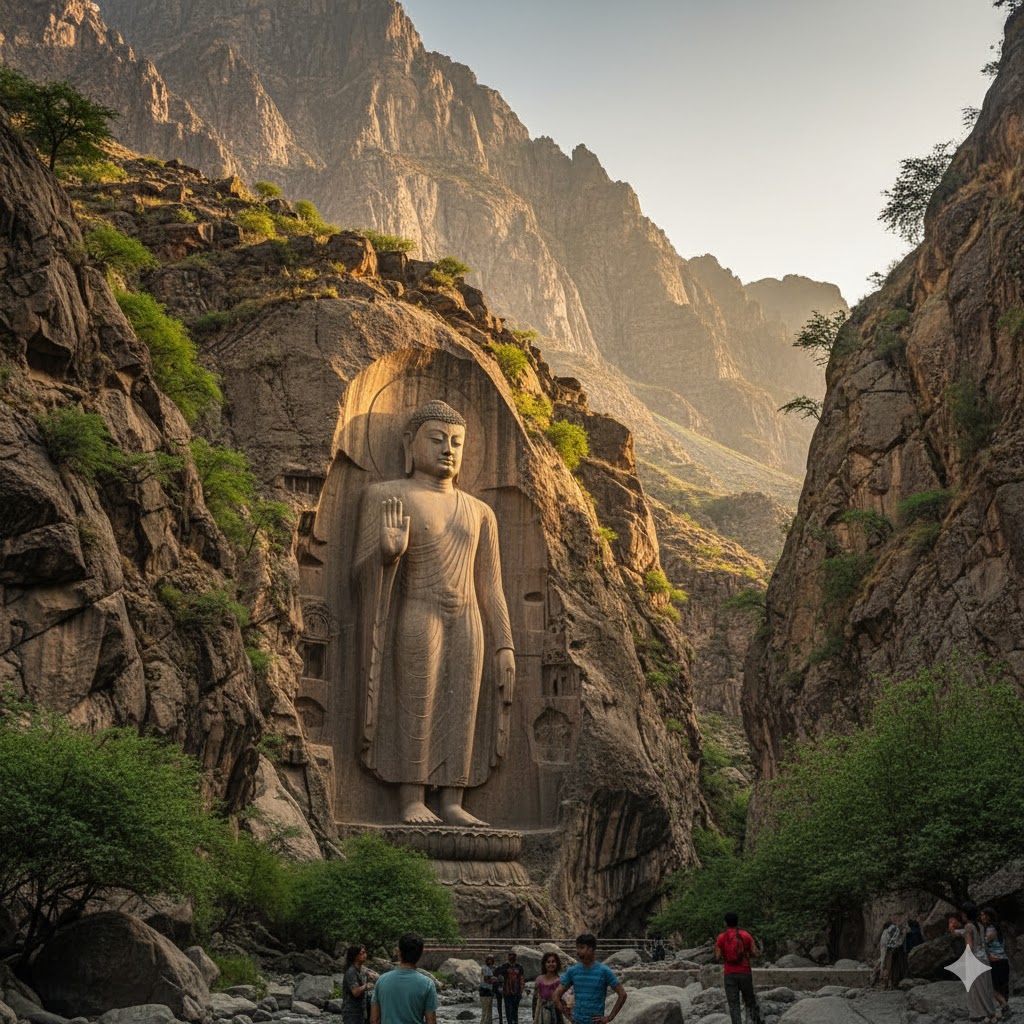
Conclusion: Northern Pakistan – Where Every Valley Tells a Story
From the crystal-clear lakes of Naltar to the poetic calm of Swat, from Hunza’s apricot blossoms to the mystical Fairy Meadows, Northern Pakistan is not just a destination—it’s an emotion. Each valley preserves its own rhythm, shaped by legends, faith, and the breathtaking drama of nature. Whether you’re an adventurer, a cultural traveler, or a peace seeker, the northern valleys promise timeless memories that linger long after you leave.
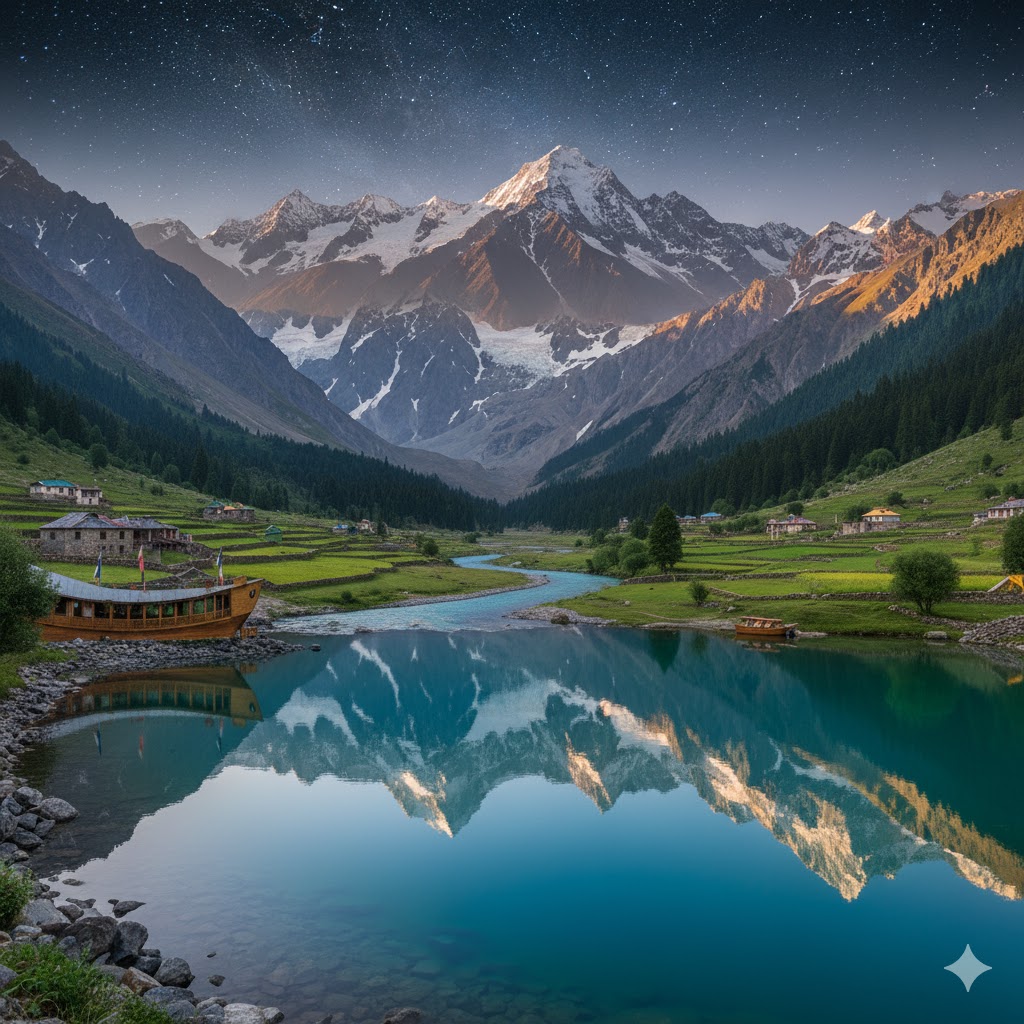
FAQs about Northern Pakistan Valleys
Q1. When is the best time to visit Northern Pakistan’s valleys?
A: The ideal time is between April and October when the roads are open, and valleys bloom in color. For skiing, visit in January–February.
Q2. Is Northern Pakistan safe for tourists in 2025–2026?
A: Yes. Most areas like Hunza, Skardu, and Swat are secure and tourist-friendly with active local tourism support.
Q3. Do I need special permits for Gilgit-Baltistan?
A: Domestic tourists don’t. International travelers may need NOC for restricted border zones—check with PTDC before travel.
Q4. How can I travel between these valleys?
A: The Karakoram Highway (KKH) connects Gilgit, Hunza, and Skardu; local jeeps and private vans operate regularly.
Q5. What local dishes should I try?
A: Don’t miss Chapshuro (Hunza meat pie), Harissa (Skardu specialty), and Noon Chai in Neelum.


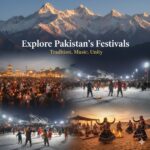

Pingback: Top 10 Adventure Treks Pakistan (2026) – Epic Trails
Pingback: Pakistan Trekking Cost 2026 Best Planning Budget Expert Guide